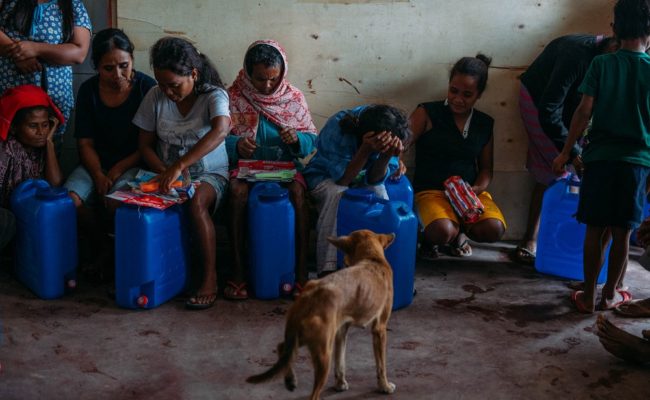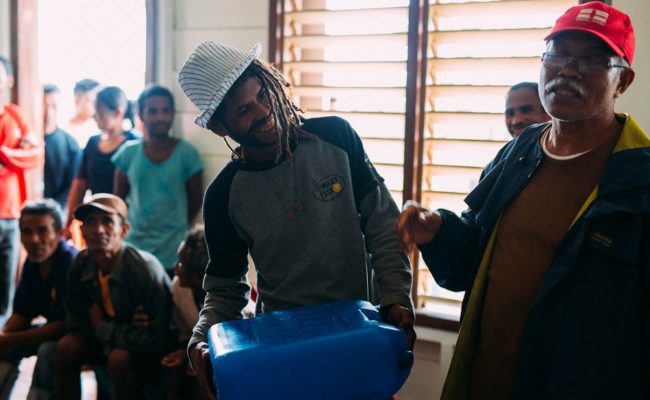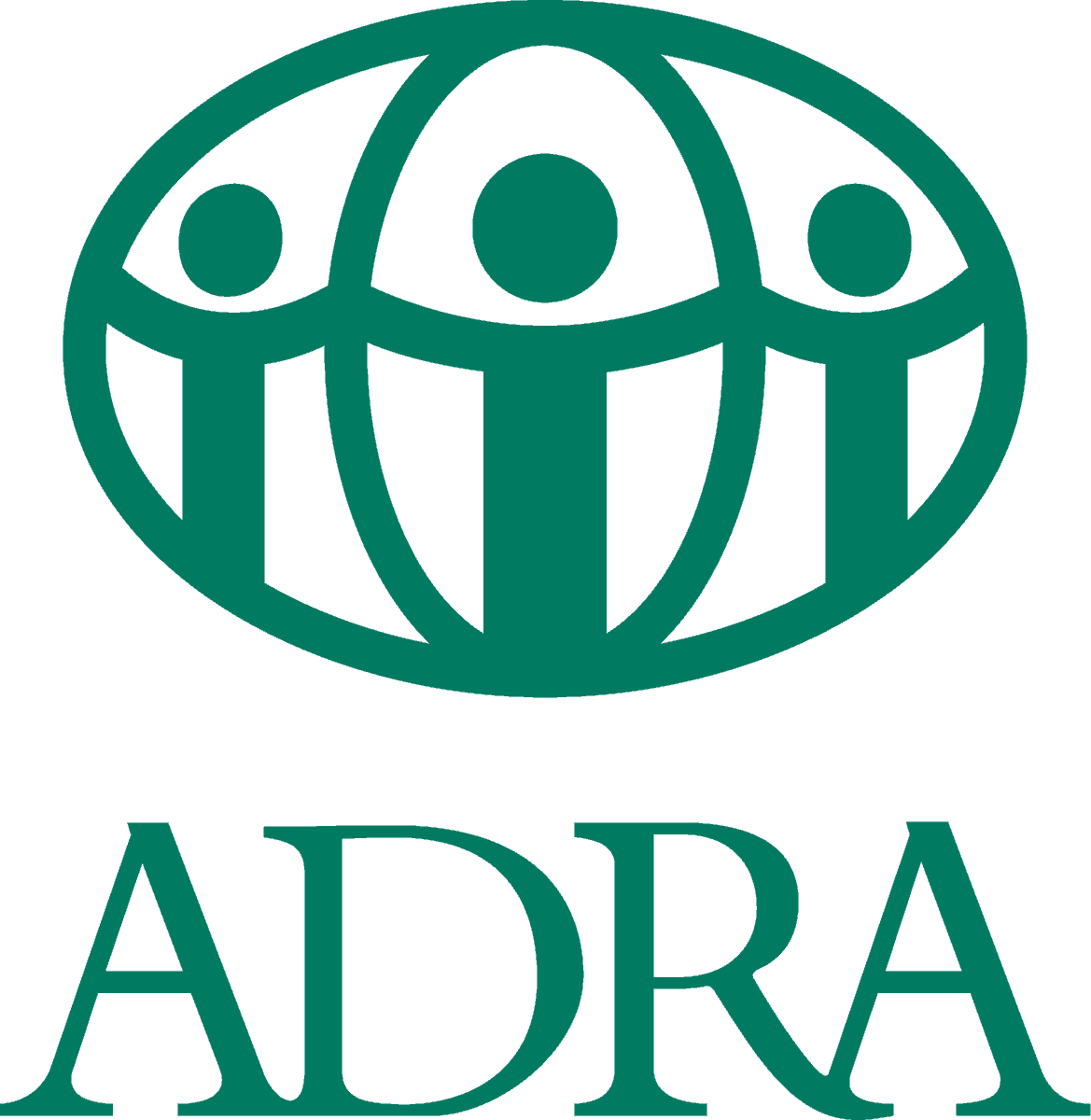In the town of Casiguran, 358 kilometers north of Metro Manila, rain heralds transformation. After four days of relentless downpour, rice paddies turn into lakes, roads swirl into rivers, and unluckier residents find puddles in place of floors when they get home. But ask the Dumagat Agta who live in the sitios (outskirts) of Barangay Cozo and many will tell you that rain brings welcome change: it gives them more than enough water to live by, a stark contrast to their frequent struggles with drought.
“Usually around August, those months, that’s the height of the dry season here,” says Larry Culidig, the tribal representative on the community council. “It gets so hot the ground cracks open. We don’t get any water then.”

Cozo’s Agta community collects water from distant and disparate sources. There’s the single pipe poking out from the hillside that rises behind the schoolhouse, though locals say it runs dry during the summer months. There’s the brook around five kilometers away, farther upland. There’s the shallow well where the community does laundry, washes plates, and even bathes in common. Anybody who wants a ready supply of water at home will need to haul it down from these sources – tramping through mud, rocks, and foliage – and find safe containers for storage.
Rain, they say, ensures their trips are worthwhile.
“The only reason water is abundant these days is because the brook is running strong,” says Dina Prado, a volunteer teacher at the local school and the wife of the community chieftain. “But when the heat intensifies, when the dry season comes, it runs dry. We don’t have reliable sources here.”

ADRA Philippines undertook a worthwhile trip of its own last Wednesday, January 25, though this was despite the heavy rain. Following delays caused by submerged roads and persistent flooding, the ADRA team finally came to Cozo to distribute water containers, simple filtration systems, and hygiene kits to the fifty families of the barangay’s Agta community.
Thirty eight household heads came to the community schoolhouse to receive the gallon container and hygiene kits allocated for each family. The remaining sets were turned over to the community chieftain for delivery to the homes that couldn’t send representatives. School officials, meanwhile, received four of the nine filtration systems — one for every classroom, to ensure a steady supply of potable water for the community’s children. In the same vein, another filtration system went to the barangay hall to serve as an emergency source for all residents. The other four were then given to individual households drawn by lots from the master list of beneficiaries.
“We’d like to thank ADRA for these kits,” says Mary Grace Nepal, who spoke on behalf of the community following the successful distribution. “These supplies are a big help to all of us, especially the children. We won’t have to worry so much about our health anymore.”
Rain, in Casiguran’s Barangay Cozo, heralds transformation. In the midst of unforgiving weather, ADRA Philippines’ trip brought small but valuable silver linings to the barangay’s Agta community. In the coming months, the organization hopes to go a step further. This visit also served as an assessment of both the community’s water and sanitation needs and the status of any existing facilities.
Barangay Cozo’s Agta residents are the intended beneficiaries of ADRA’s upcoming IGNITE Concert, which aims to raise funds for the construction of a water pump, communal latrines, and dedicated bathing facilities. Should the fundraiser succeed, comfort and abundance will be that much easier to find for the Agta of Casiguran: no longer just a silver lining to hope for, but an assurance as constant as the sky. (Kate Loyola)

